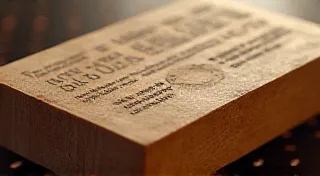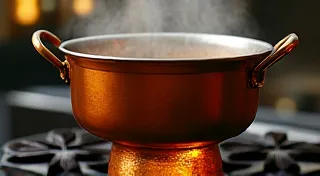The Unseen Ingredient: Silence and the Art of Suggestion
There’s a particular scent that clings to old things, a faint perfume of time and memory. For me, it’s most potent in antique accordions. Not the bright, brassy scent of a newly polished instrument, but the quieter, dustier fragrance of neglect and resilience, of melodies half-remembered and dances long past. It’s a scent that speaks volumes, a silent testament to the human stories woven into the mechanics of bellows and keys. And it's a scent that illuminates a profound truth applicable not just to restoring instruments, but to all creative endeavors – the profound power of omission.
My grandfather, Elias, played the accordion. Not professionally, mind you. He was a quiet man, a carpenter by trade, hands more accustomed to shaping wood than tickling ivory. But in the evenings, after the sawdust settled and the work lamps dimmed, he’s pull out his beloved Hohner Classique. It wasn't a grand, concert-hall instrument; it was a working man’s accordion, built for warmth and connection, not necessarily virtuosity. I don’t recall him ever explaining *how* to play, but I remember the feeling of his music – a comforting blanket of sound that seemed to seep into the very bones of the house. He wasn't flamboyant; his performances were understated, almost shy. He’s rarely played a complete song, preferring fragments, echoes of familiar tunes, as if he were hesitant to fully commit, to fully reveal himself.
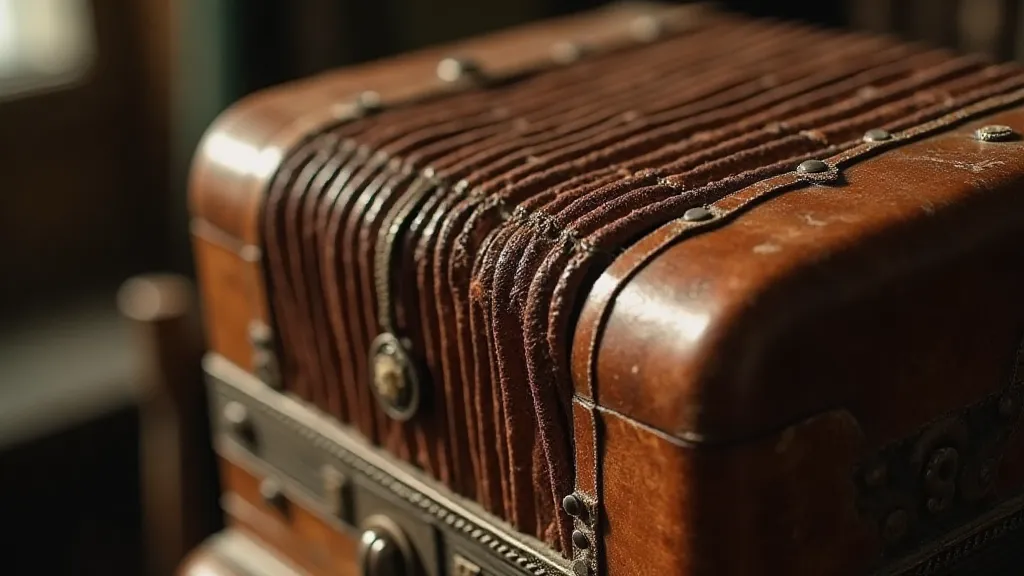
This isn't about technical proficiency, of course. It’s about something deeper. It's about the unspoken language of music, the understanding that sometimes, what isn't played, what's left hanging in the air, speaks louder than any perfectly executed passage. It’s the same principle that governs the best cooking, the most compelling writing – the careful calibration of what to include and, crucially, what to leave out.
The Art of Subtraction in the Kitchen
Think of a simple French soup, a *potage*. A skilled chef doesn’t simply throw every vegetable imaginable into the pot. They select carefully, considering not only flavor but also texture, color, and visual harmony. A single, perfectly ripe tomato, a sprig of parsley, a whisper of nutmeg – that’s often all it takes. The true artistry lies in understanding the potential chaos of too many ingredients, and knowing how to tame it with strategic omissions. It's not just about adding ingredients; it’s about subtracting them – subtracting complexity, subtracting distraction, leaving space for the core flavors to resonate.
Similarly, in cooking techniques, restraint can be more impactful than extravagance. A pan sauce, reduced slowly to a velvety consistency, benefits from minimal seasoning. The natural richness of the reduction – the essence of the ingredients it’s derived from – should be the star. Adding too much salt or pepper can mask the subtle nuances, burying the flavor profile beneath a veil of artificial intensity. It's the chef's ability to recognize the inherent beauty of simplicity – to trust the ingredients to speak for themselves – that elevates a dish from merely palatable to truly exquisite.
The Accordion's Whisper: Craftsmanship and Loss
My grandfather’s accordion wasn’t pristine. It bore the marks of time – scratches on the keys, worn bellows, a slight mustiness clinging to the interior. Each imperfection was a small story, a silent chronicle of its journey. I remember once, as a boy, asking him why he never fixed it. He simply shrugged, a knowing smile playing on his lips. “It’s got character,” he said. “Each mark tells a story.”
That sentiment resonated deeply with me when, years later, I began to restore antique instruments. It’s a delicate process, a constant negotiation between preservation and repair. It's tempting to replace every worn part, to erase every sign of age, but that would be to destroy the instrument's soul. The cracks in the wood, the faded varnish, the slightly tarnished metal – these are not flaws; they are testaments to a life lived, a history embraced. The goal isn’t to return the accordion to its original state, but to stabilize it, to allow it to continue telling its story.
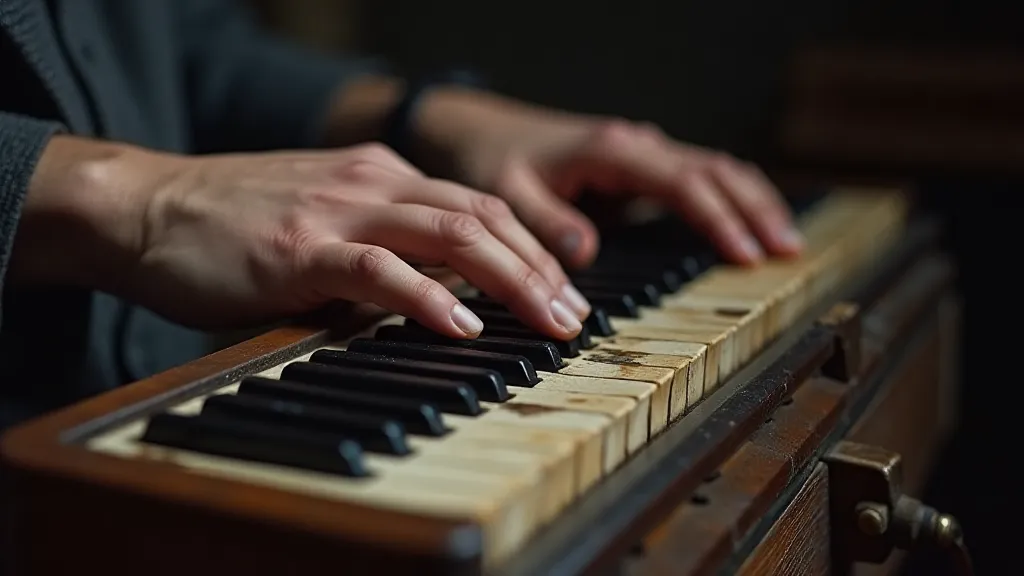
Restoration, like cooking or writing, is an exercise in subtraction. It’s about carefully removing the layers of damage, revealing the inherent beauty that lies beneath. It's about understanding that sometimes, the most powerful statement is made through absence – the deliberate omission of something that, were it present, would detract from the overall impact.
The Writer’s Silence: Suggestion and Emotion
This principle applies equally to the written word. A master storyteller doesn't tell you everything. They offer glimpses, fragments, leaving ample room for the reader's imagination to fill in the blanks. Think of Hemingway’s spare prose, his reliance on implication rather than exposition. He understood that what isn’t said is often more powerful than what is. He created a sense of mystery, of depth, by trusting his readers to connect the dots, to draw their own conclusions.
Similarly, in recipe writing, it’s tempting to provide exhaustive instructions, to leave no room for interpretation. But a truly good recipe trusts the cook to possess a basic understanding of cooking techniques, to adapt the instructions to their own preferences and skill level. It doesn’t hold the cook’s hand; it inspires them to take ownership of the process. It’s an act of respect, a recognition of the cook’s inherent capabilities.
The Enduring Resonance of Omission
My grandfather is gone now, but the memory of his accordion music lingers, a quiet echo in the chambers of my heart. It wasn’s the virtuosity that moved me, but the restraint, the quiet dignity of his performance. It was the unspoken language, the profound understanding that sometimes, the most meaningful moments are found not in what is said, but in what is left unsaid. The unplayed notes, the carefully chosen omissions – these were the essence of his artistry, the heart of his music.
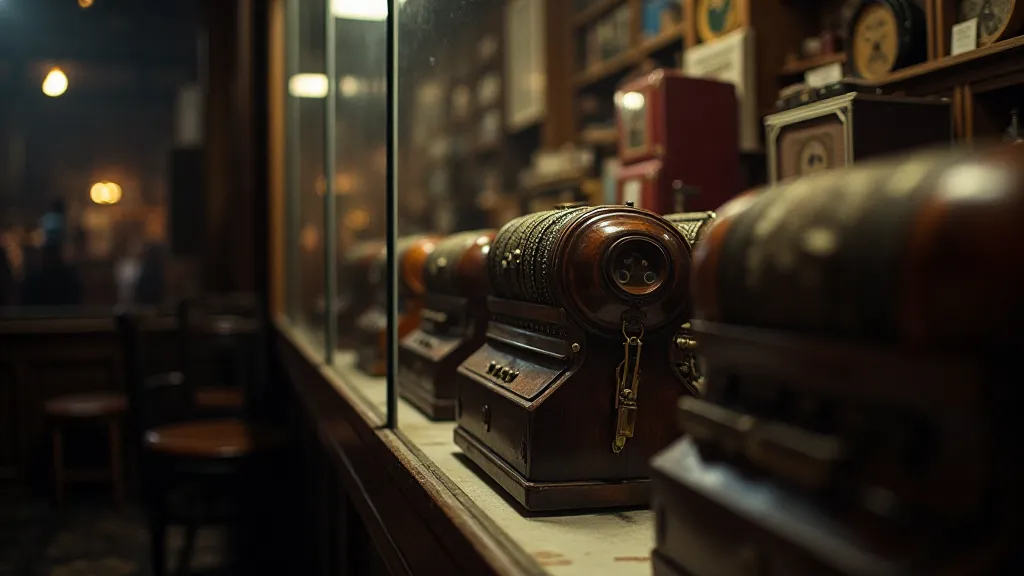
Whether we’re restoring an antique instrument, crafting a meal, or composing a story, let us remember the power of omission. Let us embrace the beauty of restraint, the eloquence of silence. Let us learn to speak volumes through what is not said, to create moments of profound resonance through the art of suggestion. For it is in the spaces between the notes, the ingredients, the words, that true meaning resides.
